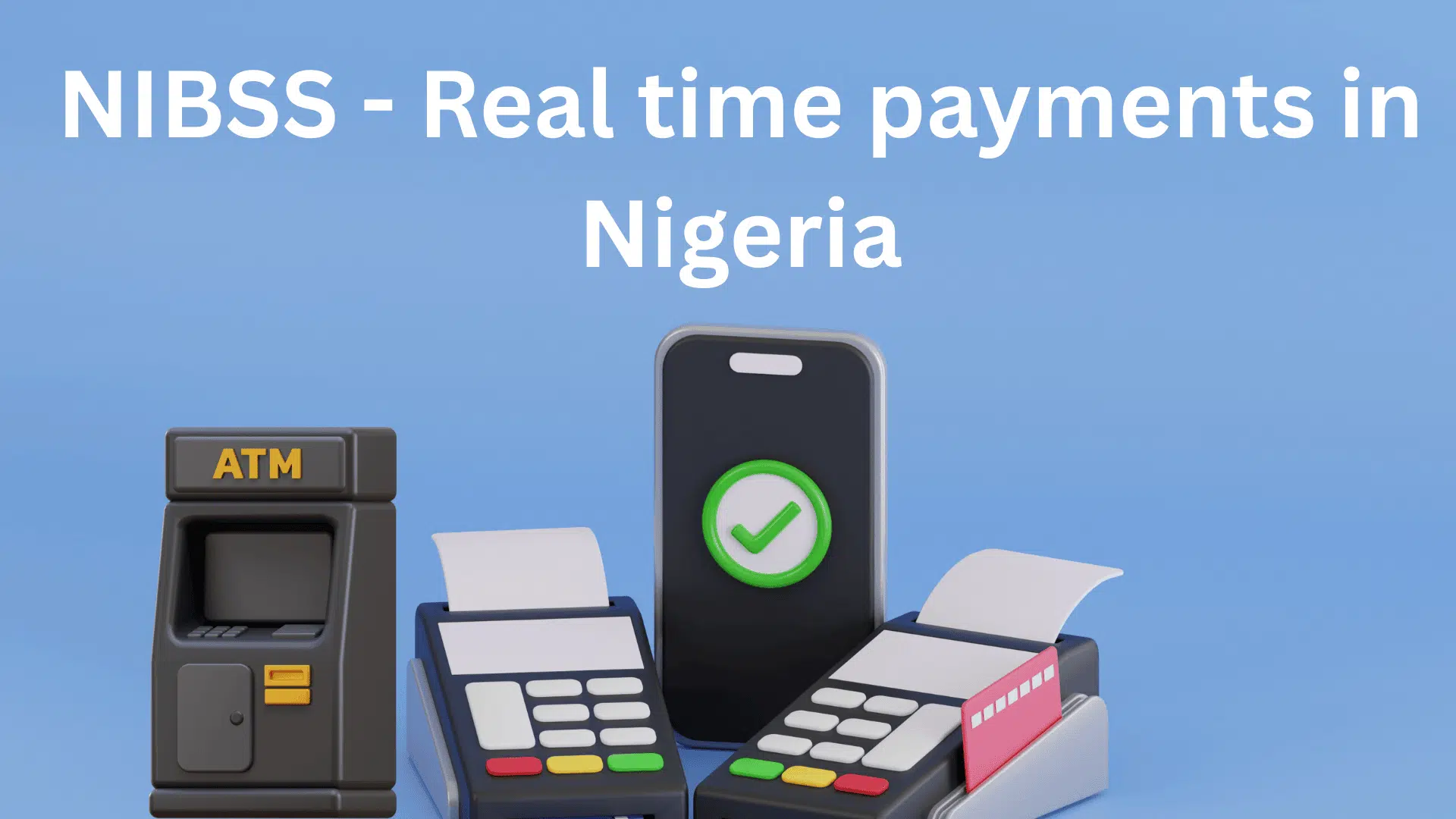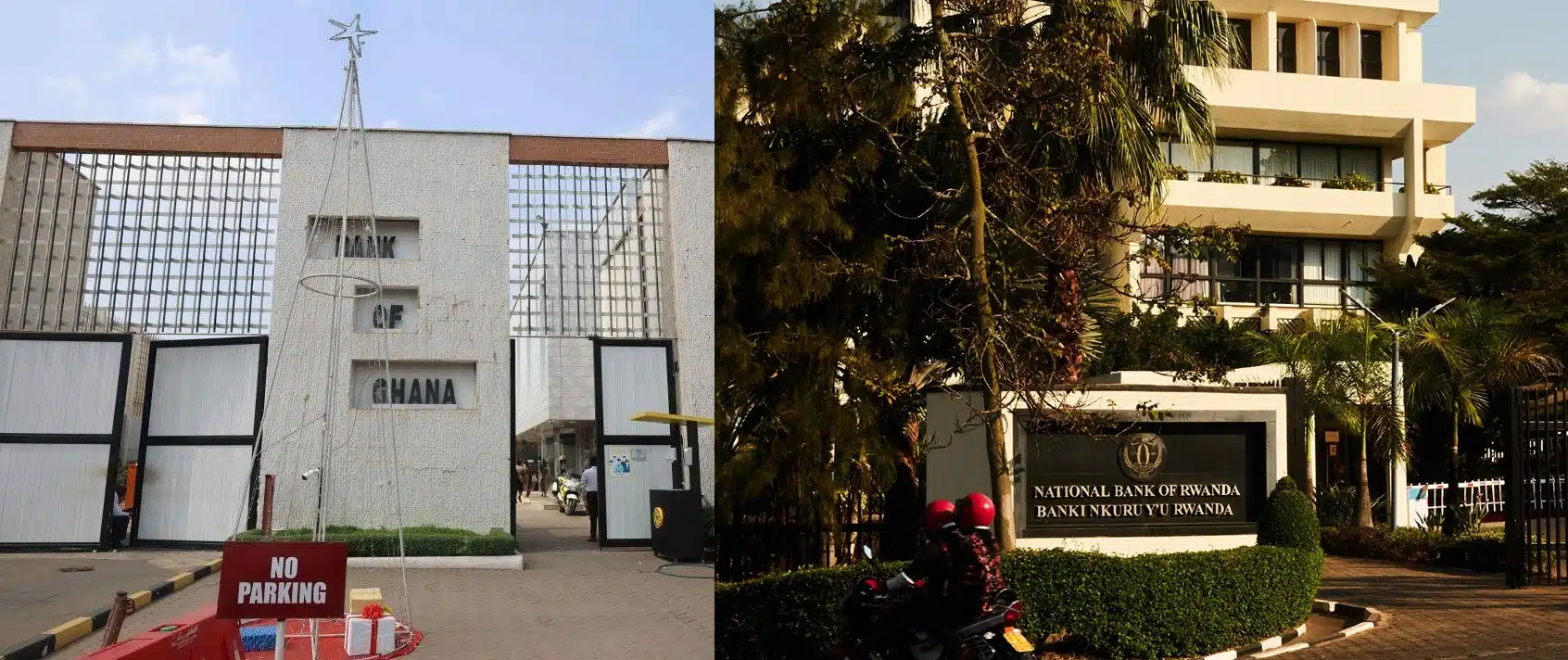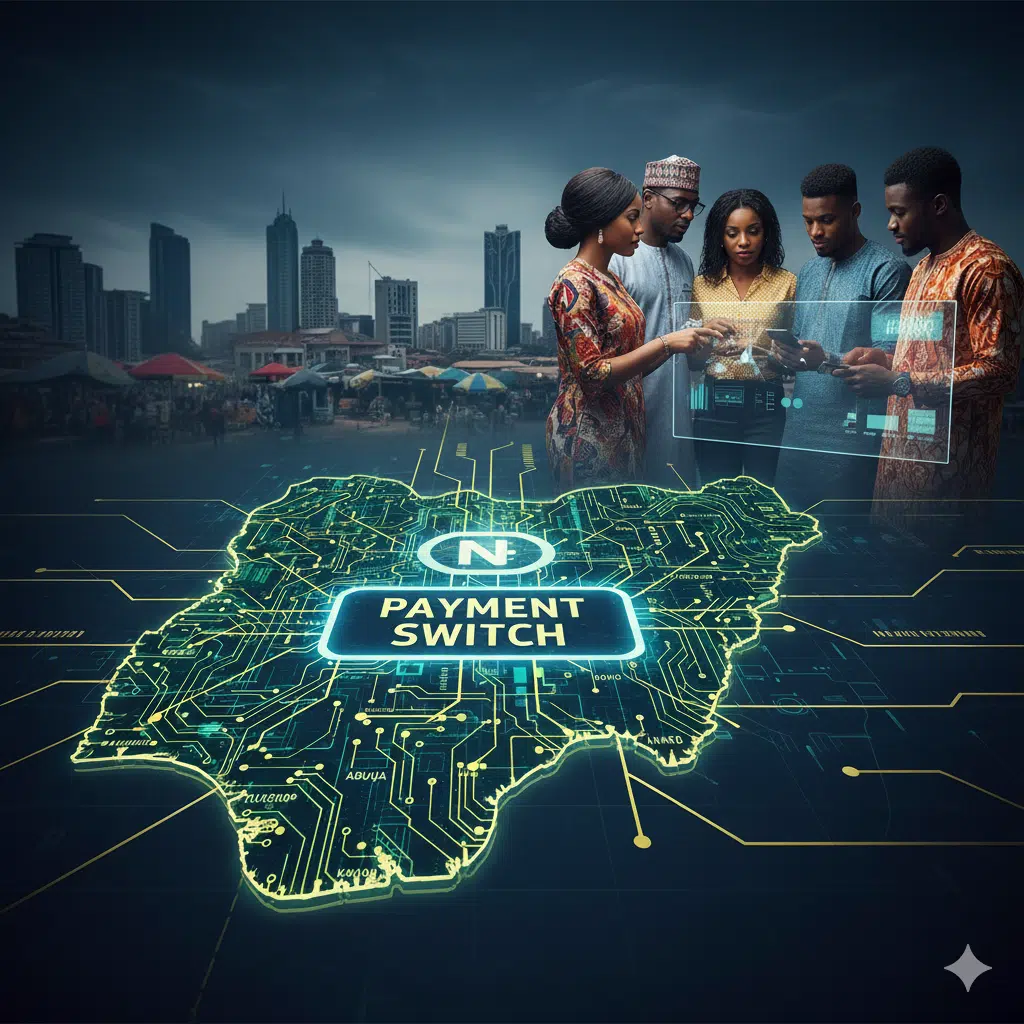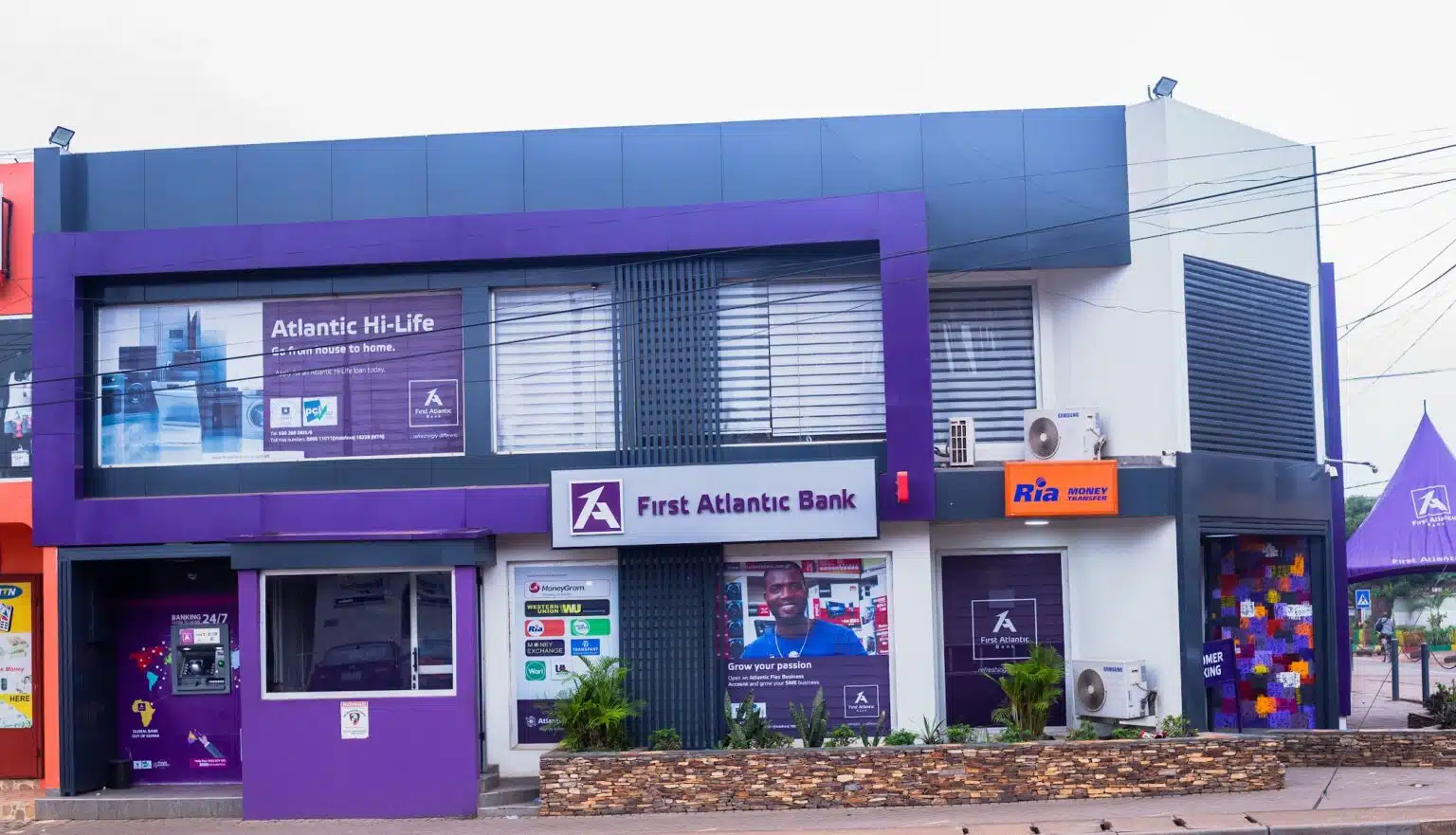Nigeria’s financial system is a maze of banks, fintechs, microfinance institutions, payment service providers, and government agencies, all trying to move money, verify identities, and keep transactions secure. The one thing that keeps this maze from becoming chaos?
NIBSS
The Nigeria Inter-Bank Settlement System (NIBSS) is the invisible infrastructure powering nearly every financial interaction in the country. It sits at the centre of the ecosystem, enabling interoperability between financial institutions and ensuring money can move securely, instantly, and at scale.
Without NIBSS, we’d have:
- No real-time transfers between banks or fintechs (NIP)
- No centralised customer identity system (BVN)
- No standardised way to pull recurring payments (CMMS)
- No way for fintechs and banks to talk to each other without expensive, bilateral integrations
Think of NIBSS as Nigeria’s version of:
- SWIFT + Plaid + Zelle + NACHA — all rolled into one
- But built with local constraints and regulatory oversight by the CBN
In essence, if you’re building fintech in Nigeria, you’re building on NIBSS — whether you realise it or not.
What is NIBSS?
NIBSS stands for the Nigeria Inter-Bank Settlement System. It’s a shared infrastructure owned by all licensed banks in Nigeria and regulated by the Central Bank of Nigeria (CBN).
At its core, NIBSS provides the switching, settlement, and identity verification infrastructure that allows different financial institutions, from traditional banks to fintech startups, to interact, exchange data, and move money. It provides the infrastructure for automated processing, settlement of payments, and fund transfer instructions for banks, discount houses, and card companies in Nigeria.
In plain terms:
NIBSS is the neutral middle layer that connects everyone in Nigeria’s financial ecosystem.
Without it, each bank or fintech would need to build and maintain dozens of one-to-one connections with every other institution. NIBSS eliminates that complexity by acting as a central hub.
Who owns it?
NIBSS is jointly owned by:
- All licensed commercial banks in Nigeria
- The Central Bank of Nigeria (as both regulator and shareholder)
- Discount Houses operating in Nigeria also hold substantial shares
It’s a public-private utility—not a fintech, not a startup, and not a profit-first business. Its core mission is interoperability, trust, and infrastructure.
Who this guide is for
This guide is for product teams, engineers, and founders building in Nigerian fintech. It focuses on understanding NIBSS (Nigeria Inter-Bank Settlement System) and its critical infrastructure, like NIP (NIBSS Instant Payments), BVN (Bank Verification Number), CMMS (Central Mandate Management System), NQR, AfriGo, and EPCCOS (Electronic Pension Contribution Collection System).
These systems form the backbone of Nigeria’s digital financial ecosystem, enabling everything from instant transfers to identity verification and direct debits.
During the information-gathering phase for this deep dive, I spoke with experts actively building fintech infrastructure in Nigeria. One key conversation was with Chibuzor Obilom, a fintech infrastructure expert who spent nearly four years at NIBSS. Chibuzor shared valuable insights into the various core products he helped implement, including:
- VerifyNow (identity verification service)
- ICAD (Industry Customer Account Database)
- NIBSSPay (bulk payments for remittances, salaries, and multi-beneficiary payment purposes)
- GSI (Global Standing Instruction for automated debt recovery)
- iCard (digital card issuance)
- NIPS Pay v2 (upgraded instant payment service)
- mCASH (USSD Merchant Payment)
From our discussion, it was clear that BVN, NIP, and CMMS are pivotal to how most payment services and Fintechs operate in Nigeria today, powering real-time payments, customer onboarding, identity verification, and direct debit mandates at scale. We’ll therefore focus on these three in this deep dive.
Whether you’re:
A developer integrating your first NIP or BVN API
A product manager designing a lending or payments flow
A startup founder navigating licensing, switching, and technical integrations
You’ll find practical, technical insights to help you:
- Understand how NIBSS works under the hood
- Integrate the core rails (NIP, BVN, CMMS) into your stack
- Avoid common pitfalls with architecture, reliability, and compliance
- Build faster by standing on proven infrastructure
If you’ve ever asked, “How do we plug into Nigeria’s payment system?” This is for you.
Back to NIBSS
The Nigeria Inter-Bank Settlement System (NIBSS) was established in 1993 by the Central Bank of Nigeria (CBN) in collaboration with all licensed banks in the country. It was created to solve one core problem: interbank settlement was slow, fragmented, and not scalable.
Before NIBSS, banks and financial institutions had to build custom integrations with one another, leading to:
- Long settlement times
- Operational inefficiencies
- Lack of standardisation
- High cost of transactions and delays in innovation
NIBSS changed that by becoming a centralised switching and settlement institution, facilitating secure and real-time transactions between banks and, eventually, fintechs and other financial service providers.
NIBSS securely connects to customer account information and receives transaction data from banks over trusted online systems. Everything it does follows the rules set by Nigeria’s financial regulators and the company’s own official guidelines.
Core Services and Platforms Operated by NIBSS
NIBSS runs the critical infrastructure that powers money movement, identity verification, and recurring payments in Nigeria.
Here are its main services frequently used by Fintechs:
NIBSS Instant Payments(NIP), Bank Verification Number(BVN), Central Mandate Management System(CMMS)
NIP – NIBSS Instant Payments
What is NIP?
NIBSS Instant Payments (NIP) is a real-time electronic fund transfer service that allows customers to send and receive money instantly between banks and financial institutions in Nigeria. Launched in 2011, NIP is one of the country’s most widely used payment channels today, handling billions of naira in daily transactions.
NIP is the foundational layer that powers mobile banking apps, USSD transfers, fintech wallets, and more.
How NIP Powers Real-Time Transactions
When a user sends money through their bank or fintech app, NIP processes that transaction within seconds. Here’s the basic flow:
| Payer → Payer Bank → NIBSS → Beneficiary Bank → Beneficiary |
- The payer initiates a transaction (e.g. ₦10,000 to another user)
- The payer’s bank or fintech sends the payment request to NIBSS
- NIBSS validates and routes the transaction to the recipient bank
- The beneficiary bank confirms receipt and credits the customer’s account
- A confirmation response is sent back through the chain
This process happens in real time, typically within 2–5 seconds.
A great example of NIP in action is the Zole App, a remittance app that makes it easy and convenient to send money internationally, ensuring you can receive and send money with your phone number. For Babatunde Fashola, the Founder of Zole, NIP is very critical to what they are doing, as “Zole relies heavily on NIBSS Instant Payments to enable inter-bank transfers — helping users send money quickly and reliably from one bank to another, especially for remittances.”
Without NIP, moving money across different banks would be slow, expensive, and fragmented.
System Architecture Overview
The high-level architecture for NIP looks like this:
+-------------------+
| Payer/User |
+-------------------+
|
v
+-----------------------+
| Fintech/Bank System |
| (Initiates transaction|
| via SOAP request) |
+-----------------------+
|
v
+---------------------------+
| NIBSS Switch |
| - Validates request |
| - Routes to beneficiary |
| - Logs transaction |
| - Handles SOAP response |
+---------------------------+
|
v
+---------------------------+
| Beneficiary Bank |
| - Verifies account |
| - Credits beneficiary |
| - Sends confirmation back |
+---------------------------+
|
v
+-----------------------+
| Fintech/Bank System |
| (Receives response & |
| confirms to user) |
+-----------------------+
|
v
+-------------------+
| Payer/User |
| (Notified of Txn) |
+-------------------+On most fintech and payment platforms, users receive money in seconds, even when multiple institutions are involved.
Many fintechs that operate as Payment Service Banks (PSBs) are connected to NIBSS Instant Payments (NIP) and typically use APIs to move money between banks in real time.
Here’s how it works: PSBs usually maintain accounts in all major commercial banks. So, when someone sends money from Bank A to Bank B, the funds don’t actually travel between banks in the traditional sense. Instead, the PSB helps coordinate the transaction.
The process looks like this:
- The sender’s account in Bank A is debited.
- The PSB’s account in Bank A is credited.
- An API call is made to Bank B, instructing it to credit the receiver’s account from the PSB’s funds already held in Bank B.
This all happens in seconds. Because the money technically stays within the same banking system, there’s no need for standard clearing or settlement delays.
To operate this way, PSBs must be licensed by the Central Bank of Nigeria (CBN), which requires a minimum capital deposit of ₦5 billion (as outlined in section 6.6 of the PSB regulatory framework).
NIBSS provides all connected institutions regular system updates, downtimes, and reconciliation reports.
How Fintechs Integrate with NIP
To use NIP, a fintech must either:
- Connect directly to NIBSS as a licensed participant (e.g. MMOs, PSSPs)
- Integrate via a sponsoring bank that provides access to NIBSS rails
Sample API Endpoints for Name Enquiry & Fund Transfer Request (Direct Credit – Single Item):
Name Enquiry Request
<?xml version="1.0" encoding="UTF-8"?>
<NESingleRequest>
<SessionID>0XX0YY100913103301000000000001</SessionID>
<DestinationBankCode>0XX</DestinationBankCode>
<ChannelCode>1</ChannelCode>
<AccountNumber>2222000000012345</AccountNumber>
</NESingleRequest>Name Enquiry Response
<?xml version="1.0" encoding="UTF-8"?>
<NESingleResponse>
<SessionID>0XX0YY100913103301000000000001</SessionID>
<DestinationBankCode>0XX</DestinationBankCode>
<ChannelCode>1</ChannelCode>
<AccountNumber>2222000000012345</AccountNumber>
<AccountName>Ajibade Oluwasegun</AccountName>
<ResponseCode>00</ResponseCode>
</NESingleResponse>Fund Transfer Request
<?xml version="1.0" encoding="UTF-8"?>
<FTSingleCreditRequest>
<SessionID>0XX0YY100913103301000000000001</SessionID>
<DestinationBankCode>0XX</DestinationBankCode>
<ChannelCode>1</ChannelCode>
<AccountName>Tutu Olututu</AccountName>
<AccountNumber>2222000000012345</AccountNumber>
<OriginatorName>Lawson Lawal</OriginatorName>
<Narration>1000000001</Narration>
<PaymentReference>yyyyyyyyyyyyyy</PaymentReference>
<Amount>1000.00</Amount>
</FTSingleCreditRequest>Get the full NIP Technical Specification Document here.
Authentication Mechanisms
- OAuth 2.0 / Bearer Token authentication
- Encrypted communication over HTTPS
- IP Whitelisting and digital certificates for secure access
Error Handling & Reconciliation
- Common errors:
- Invalid account details
- Timeout at the beneficiary bank
- Insufficient funds
- Error codes and messages are standardised
- Fintechs typically implement:
- Reversal logic for failed transactions
- Webhook notifications for transaction status updates
- Daily reconciliation against NIBSS/partner bank reports
NIP is the gold standard for moving money fast in Nigeria, but integrating it well means handling edge cases, fallbacks, and post-transaction reconciliation with care.
BVN – Bank Verification Number

What is BVN?
The Bank Verification Number (BVN) is a unique biometric identifier assigned to every Nigerian bank customer. Introduced in 2014 by the Central Bank of Nigeria (CBN) and powered by NIBSS, the BVN links all of a customer’s bank accounts under a single identity.
Think of BVN as Nigeria’s financial fingerprint – one number to identify you across all banks.
How BVN Powers Identity and KYC
BVN solves the problem of fragmented identity in financial services. Before BVN, a person could open multiple bank accounts under different names. Now, with a single BVN, all accounts are traceable to a unified identity profile.
This enables:
- Stronger KYC (Know Your Customer)
- Fraud prevention and account monitoring
- Seamless customer onboarding across financial institutions
System Architecture Overview
- BVN is stored in a central biometric database managed by NIBSS
- Banks and fintechs can query the BVN database to:
- Validate a BVN
- Fetch basic KYC details (e.g. name, date of birth, phone number)
- Match the BVN to an account
How Fintechs Integrate BVN
To integrate BVN services, fintechs either:
- Connect to NIBSS directly to get the SDK (requires approval).
- Work with a licensed bank/aggregator that provides BVN APIs.
Sample API Endpoint
To return basic KYC information tied to the BVN.
Requires proper authentication (OAuth2 or similar).
Can be used during onboarding to verify customer identity.
Request
POST /api/v1/bvn/validate
Host: api.sponsoringbank.com
Headers:
Authorization: Bearer <your_access_token>
Content-Type: application/json
Body:
{
"bvn": "101100011101"
}
Response
{
"responseCode": "00",
"message": "Success",
"data": {
"bvn": "22345678901",
"firstName": "Tutu",
"lastName": "Olututu",
"dateOfBirth": "1990-05-14",
"phoneNumber": "08012345678",
"registrationDate": "2016-09-08",
"enrollmentBank": "044",
"enrollmentBranch": "044001"
}
}
Authentication and Security
- BVN data access is tightly regulated
- All API calls must be encrypted
- Two-factor authentication and IP whitelisting often required
Error Handling and Compliance
- BVN Not Found: Handle gracefully with user prompts
- Data mismatch: Trigger manual verification flow
- Daily audit logs required for compliance
Fintechs must also follow data privacy rules (NDPR) when storing or accessing BVN-linked data.
BVN is the gatekeeper for trust in Nigeria’s digital finance. If you’re onboarding customers or offering credit, you need to understand how to work with it securely and correctly.
CMMS – Central Mandate Management System
What is CMMS?
The Central Mandate Management System (CMMS) is a centralised platform managed by NIBSS that handles electronic mandates for Direct Debit transactions across Nigeria’s financial ecosystem.
CMMS is the invisible engine that powers automatic recurring payments like loan repayments, subscription services, and bill payments.
A great example of this is Paystack. They use CMMS for their Direct Debit service. Whenever a business sets up recurring payments through Paystack, it’s CMMS behind the scenes, helping to manage the customer’s permission and making sure the bank processes the debits correctly. In the words of Paystack’s CTO, Ezra Olubi, “CMMS is what powers Paystack Direct Debit”. (Paystack Direct Debit)
How CMMS Powers Direct Debit in Nigeria
Before CMMS, each bank handled mandates (permission to debit a customer’s account) individually. This led to inconsistencies, fraud, and poor customer experiences.
With CMMS:
- A customer gives one-time authorisation for a merchant (e.g., a fintech or utility provider) to debit their bank account.
- The mandate is captured and stored centrally at NIBSS.
- Every debit instruction is validated against the stored mandate before processing.
- If the customer revokes a mandate, it is updated in real time across all parties.
This makes Direct Debit safer, faster, and more reliable across banks and fintechs.
System Architecture Overview
- Customer Authorisation Layer: Customer signs a mandate (physically or electronically).
- Fintech/Bank Frontend: Collects and submits the mandate.
- CMMS Backend:
- Stores mandate details securely.
- Validates debit requests against mandates.
- Communicates success/failure back to the originating bank or fintech.
+----------------------+
| 1. Customer Consent |
| Mandate Authorization|
+----------+-----------+
|
v
+----------------------------+
| 2. Mandate Submission |
| Fintech/Bank → CMMS via API|
+------------+---------------+
|
v
+-------------------------------+
| 3. Mandate Validation & Routing|
| CMMS → Payer's Bank |
+---------------+---------------+
|
+----------+----------+
| |
v v
+-------------+ +-------------+
| 3a. Approved| | 3b. Rejected|
+------+------+ +------+------+
| |
v v
+-------------------------------+
| 4. Mandate Repository (CMMS DB)|
| (Only if Approved) |
+---------------+---------------+
|
v
+-------------------------------+
| 5. Debit Initiation (Scheduled|
| or On-Demand Trigger) |
+---------------+---------------+
|
v
+-------------------------------+
| 6. Debit Execution Engine |
| CMMS → Payer's Bank |
| Bank Debits → NIBSS → Receiver|
+---------------+---------------+
|
v
+-------------------------------+
| 7. Result Notification |
| Success/Failure → Fintech/Bank|
+---------------+---------------+
|
v
+-------------------------------+
| 8. Reconciliation & Reporting |
| Daily logs, dashboards, APIs |
+-------------------------------+SLAs and Reliability Metrics
- Mandate registration turnaround: Within 24 hours
- Mandate validation for debit: Real-time (within 5–10 seconds)
- Mandate revocation: Updated immediately across all parties
How Fintechs Integrate with CMMS
Fintechs that want to use Direct Debit must:
- Be licensed to use Direct Debit (or partner with a licensed sponsor bank).
- Integrate with the CMMS API via secure communication channels.
Sample CMMS API – Mandate Registration
<?xml version="1.0" encoding="UTF-8"?>
<MandateRegistrationRequest>
<MandateReference>ABC123456789</MandateReference>
<CustomerName>Jane Doe</CustomerName>
<CustomerPhone>08012345678</CustomerPhone>
<CustomerEmail>jane.doe@example.com</CustomerEmail>
<BankCode>058</BankCode> <!-- GTBank -->
<AccountNumber>0123456789</AccountNumber>
<BVN>22345678901</BVN>
<Amount>10000.00</Amount>
<Frequency>Monthly</Frequency>
<StartDate>2025-06-01</StartDate>
<EndDate>2026-06-01</EndDate>
<MandateType>DirectDebit</MandateType>
<Narration>Monthly Utility Payment</Narration>
</MandateRegistrationRequest>Response
<MandateRegistrationResponse>
<Status>Success</Status>
<MandateID>CMMS-0001234567</MandateID>
<Message>Mandate successfully registered</Message>
</MandateRegistrationResponse>Authentication and Security
- TLS/SSL encrypted channels
- Signed requests with digital certificates
- API access whitelisted by IP and secured with OAuth tokens
Error Handling and Compliance
- Mandate not found: Retry or escalate for manual investigation
- Debit rejected: Possible reasons include mandate expiry, revocation, or account restrictions
- Audit trails: Fintechs must log all mandate activities for regulatory compliance
Fintechs must also ensure customer consent is properly obtained and stored in case of disputes.
CMMS makes recurring payments possible in Nigeria, but poor mandate management can quickly lead to failed debits and regulatory fines. Build strong audit and customer notification flows from Day 1.
In summary, building with NIBSS is more than just plugging into a national payment system, it’s about understanding the financial rails that keep Nigeria’s digital economy moving.
As you scale your fintech product, keep in mind that NIBSS is not your average API provider. It is core national infrastructure, and working with it requires the same level of reliability and resilience you’d expect from something powering real-time banking across the country.
More importantly, compliance shouldn’t be an afterthought. Whether you’re verifying identities with BVN or pulling funds through CMMS, you’re operating under clear regulatory frameworks, and that means your architecture must account for things like customer consent, data privacy, and audit trails from day one.
Remember that reconciliation is just as important as successful transactions. It’s easy to focus on the “happy path,” the real-time transfer or debit that goes through, but your credibility will be tested when things fail. Having robust reconciliation systems will help you catch issues before your users do.
Lastly, remember that access to NIBSS is often relationship-based. Many fintechs go through sponsoring banks or aggregators. And even when you do get access, you’ll find that documentation may not always be complete. This is where partnerships with banks, vendors, and even people at NIBSS become critical. They don’t just open doors; they help you move faster and build better.
In the end, building with NIBSS is both a technical and strategic exercise. If you approach it with the right tools, partnerships, and mindset, you’ll be able to build products that not only work but scale with trust.











